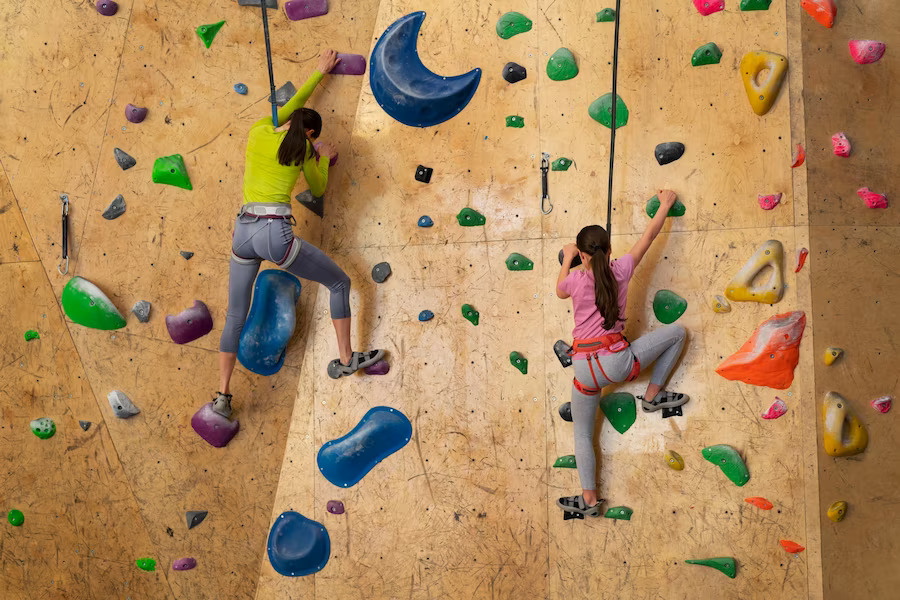Exploring Trad Climbing: Essential Things to Know
Trad climbing, short for traditional climbing, is a thrilling and challenging form of rock climbing that involves placing removable protection, such as nuts and cams, into cracks and fissures in the rock to protect against falls. Unlike sport climbing, which relies on permanent bolts for protection, trad climbing demands a high level of skill, experience, and gear placement expertise. In this article, we will delve into the world of trad climbing and highlight essential things to know for those interested in venturing into this exhilarating discipline, or you can just opt for gaming at www.spinningvegas.com to win some extra cash while funding your trad climbing.
Gear and Protection
Trad climbing requires a specific set of gear, including a climbing harness, helmet, climbing rope, quickdraws, slings, and a range of traditional protection devices such as nuts, cams, and hexes. Familiarize yourself with the various types of protection available and learn how to assess and select appropriate gear placements for different rock types and crack sizes. Proper knowledge and understanding of gear placement are crucial for the safety of both the climber and their partner, just like how customer support of real money casino care about its players.
Building Anchors
Trad climbers must become proficient in constructing strong and secure anchors to ensure the safety of the climbing team. This involves identifying reliable features in the rock, such as solid cracks or sturdy boulders, and using slings and carabiners to create equalized anchor systems. Understanding anchor construction principles, including redundancy and equalization, is essential for maintaining stability and minimizing the risk of anchor failure.
Route Finding and Navigation
Unlike sport climbing routes with predetermined bolt placements, trad climbers must rely on their ability to identify suitable cracks and features that will accommodate protection. Developing good route-finding skills is essential to locate potential gear placements and choose the most appropriate lines of ascent. Reading guidebooks, studying topographic maps, and observing the rock’s natural features will assist in planning and executing successful trad climbs.
Risk Assessment and Hazard Management
Trad climbing involves a higher level of risk compared to sport climbing due to the reliance on removable protection. Understanding risk assessment and hazard management is crucial for minimizing potential dangers. Evaluating the quality of rock, identifying loose or unstable sections, and assessing weather conditions are all vital aspects of a comprehensive risk management strategy. Knowledge of self-rescue techniques and emergency procedures is also essential in case of unforeseen circumstances.
Building Skills and Gaining Experience
Trad climbing is a skill-intensive activity that requires practice, experience, and mentorship. Start by developing solid foundational climbing skills, such as efficient movement techniques, rope management, and belaying. Consider taking courses or hiring a qualified guide to learn the specific techniques and safety practices associated with trad climbing. Gradually progress from easier climbs to more challenging routes as you gain experience and confidence.
Conclusion
Trad climbing offers a unique and rewarding experience for those seeking adventure in the vertical world. However, it requires a deep understanding of gear placement, anchor construction, route finding, risk assessment, and hazard management. Take the time to develop your skills, gain experience through guided climbs or climbing partners, and prioritize safety at all times. With dedication, practice, and a solid foundation of knowledge, trad climbing can open up a world of challenging and memorable experiences in the realm of vertical exploration.











